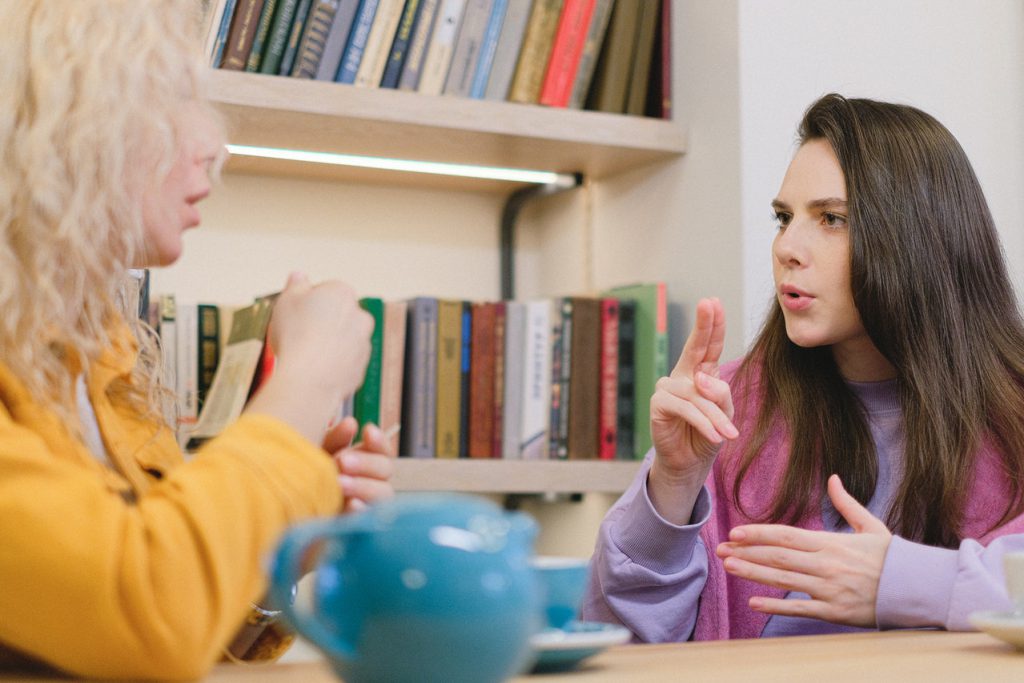
We all know the phase that toddlers reach when they are desperately seeking to communicate. They want to say something, but don’t yet have the words to do so. It can be frustrating for everyone involved. I remember one interaction with a student; she spoke her toddler gibberish so confidently I was nearly convinced she must be speaking another language! The desire to communicate is there long before children possess the language to do so.
Many parents already know the benefits of basic Sign Language for very young children, but often let signing go once a child begins to speak. However, the benefits of learning basic Sign Language go far beyond merely helping children communicate before they can speak.
The Cultural Moment
American Sign Language (ASL) has had a long journey to recognition as a valid language. Now ASL considered a World Language on par with Spanish, French, and Mandarin. It boasts a unique grammar structure, syntax, nuanced vocabulary, and language culture.
ASL is also having a moment in our cultural awareness. The film CODA recently won an Oscar for all three of its nominated categories, including Best Picture. The film follows the story of a hearing teenage girl, navigating her passions and growing up in a deaf family. The movie beautifully showcases ASL and the actors featured have seen increased visibility.
The Benefits
The benefits of children learning multiple languages are immense and long recorded. Studies have long show that learning a second language in early childhood boosts critical thinking skills, problem-solving, memory, and concentration. Children with exposure to a second language score higher on standardized tests and have increased reading and writing skills.
The benefits of language learning are tremendous! Traditionally, only spoken languages were seen as valuable for bilingual consideration. ASL offers the same learning boosting power with the additional benefits of enabling earlier communication in children.
ASL Inclusion
While ASL was created by and for the Deaf Community, it has been embraced by others as well. ASL has become and essential learning and communication tool for those on the Autism spectrum. Even for Autistic children who become verbal, ASL can be an invaluable tool in helping develop communication tools and skills.
What is there not to love!? In addition to developing pre-language communication strategies, a boost in early educational skills, and higher performance in long-term learning, Sign Language gives children access to communicate with a broader range of peers. Deaf Culture is vibrant and offers so much to the hearing world if we just take the time to really see.
How To Start
There are many great sources to help your infant and young toddler learn Baby Sign Language. They will tell you when they need a diaper change, want more food, or have a boo-boo. But why stop there? There is also a plethora of resources to help you and your child to learn beyond these basics. This writer has found YouTube to be an outstanding resource for beginning to learn ASL!
American Sign Language has the potential to open an entirely new world to young learners. It encourages them to learn language both verbally and kinesthetically. And ChildWatch’s Parent Portal can help you communicate with your caregiver about this endeavor. While right now learning ASL may feel like jumping on some bandwagon, the benefits of signing far outweigh this concern. Seizing this cultural moment is an excellent way to help your child’s individual growth and prepare them to communicate with friends and peers with differing strengths and abilities.
